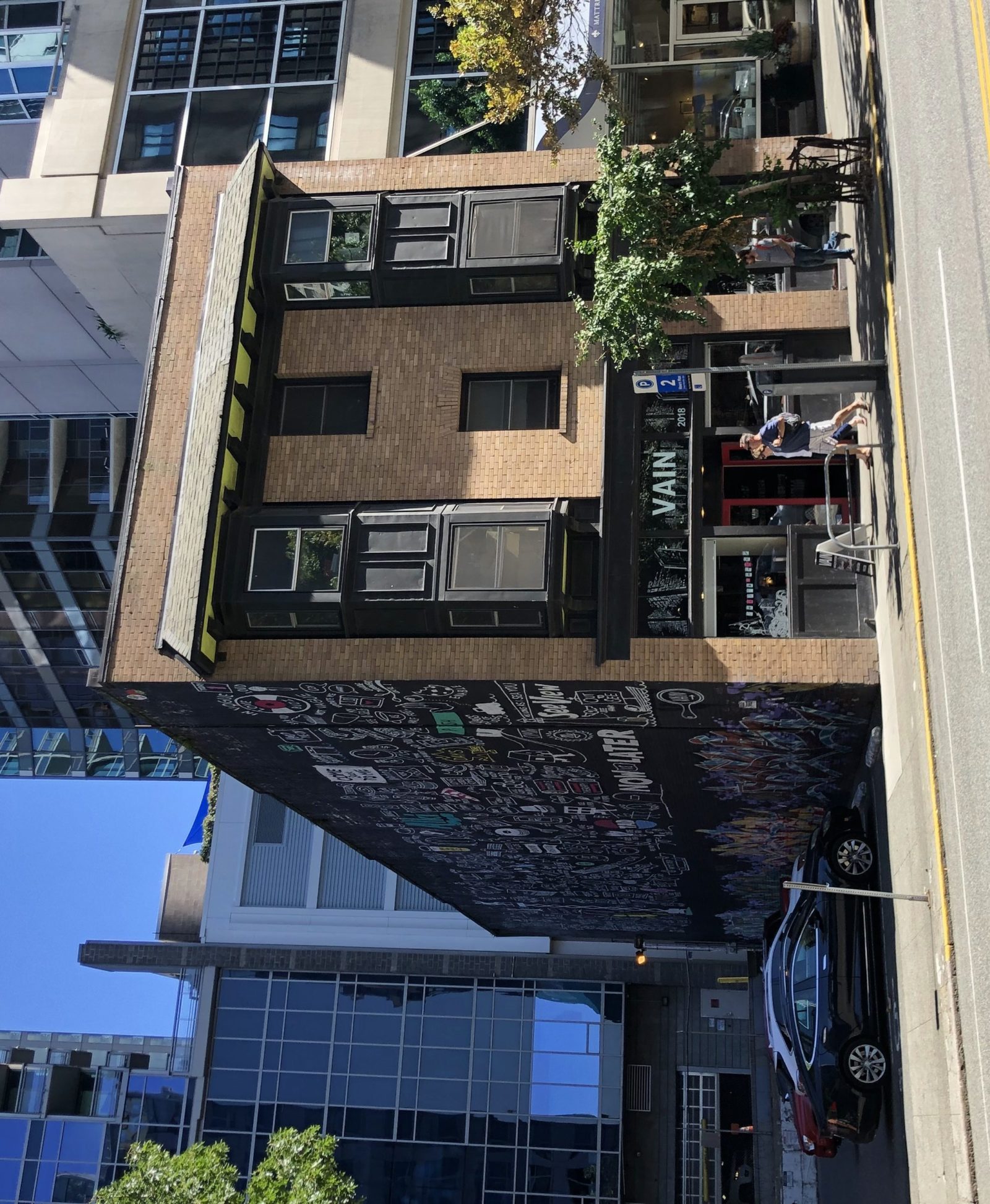Guest Post: Beyond Integrity Intern Tera Williams

Through annual internships, we support research on King County historic properties to inform the work of our Beyond Integrity group—visit that page to explore the work of previous interns. This past year, intern Tera Williams tackled surveys and inventories, which are often the first step in identifying significant historic properties in an area. How do local survey methods line up with national standards? Here, she shares about her process and findings:
Going into the position, I was very excited to learn more about the specific preservation issues in the area. I wanted to better contextualize how historic preservation should fit within equitable revitalization and what was preventing that from happening. Luckily, the focus of my internship allowed me to get a broad overview of how preservation functions on a county and city level. My internship work happened in two research phases. First, I analyzed preservation survey and inventory methodology in Seattle and King County to see where the process was straying from the most equitable path. For the second phase, I worked together with Beyond Integrity to select a Seattle and a King County survey to examine for equitable practices and create two embedded case studies. I was then able to come back to the survey and inventory methodology and combine that with the things I learned in the case studies to create recommendations.
As I got further along in the research process, the true nature of the work began to unfold itself. The more I worked, the more it became evident that having a solid survey and inventory methodology is often the deciding factor for whether or not cultural assets are detected. In my case studies, I looked at the Vogue Hotel/VAIN in Seattle and the Yasamura’s Packing Shed in Auburn. The Vogue has been a counterculture hub for decades and was the site of Nirvana’s first Seattle show and the Yasamura’s Packing Shed was the place where Japanese Americans boarded trains to internment camps during WWII. The sites both represented values that were important to specific communities, but would not necessarily be picked up in the ordinary survey process. Through comparing these case studies, I learned the importance of using the context statement to guide the survey and inventory process and talking to the community to see what assets they value within the community.
My biggest takeaway from this process was not to take anything at face value. The sites themselves and the historic preservation process have more depth to them than I initially assumed. Looking at the process from the terminology to survey and inventory methodology, I found that while things had been designed to preserve dominant American cultural assets, it was not strictly structured to exclude assets of marginalized communities. Rather, the system was created to be open to interpretation and was not being utilized procedurally to its maximum potential. While integrity has been recognized as architectural integrity, it is not defined on a local level and on the national level, it is defined as the integrity of meaning. Unpacking and expanding our working knowledge of the preservation process and retraining local preservation professionals with new, more equitable, guidelines and definitions of terms is the key to being able to achieve landmark status for cultural assets that do not have architectural integrity, but retain integrity of meaning.
